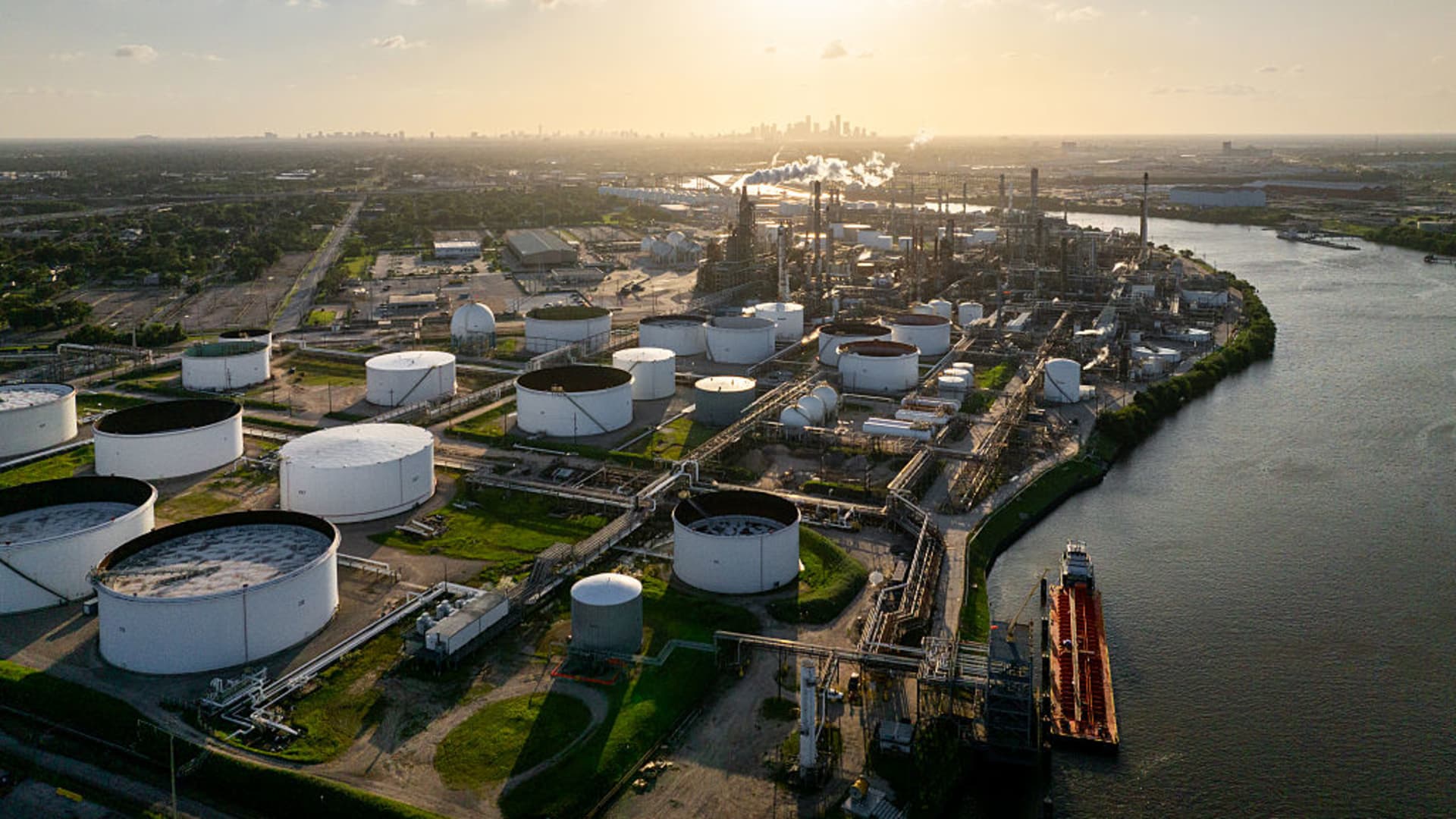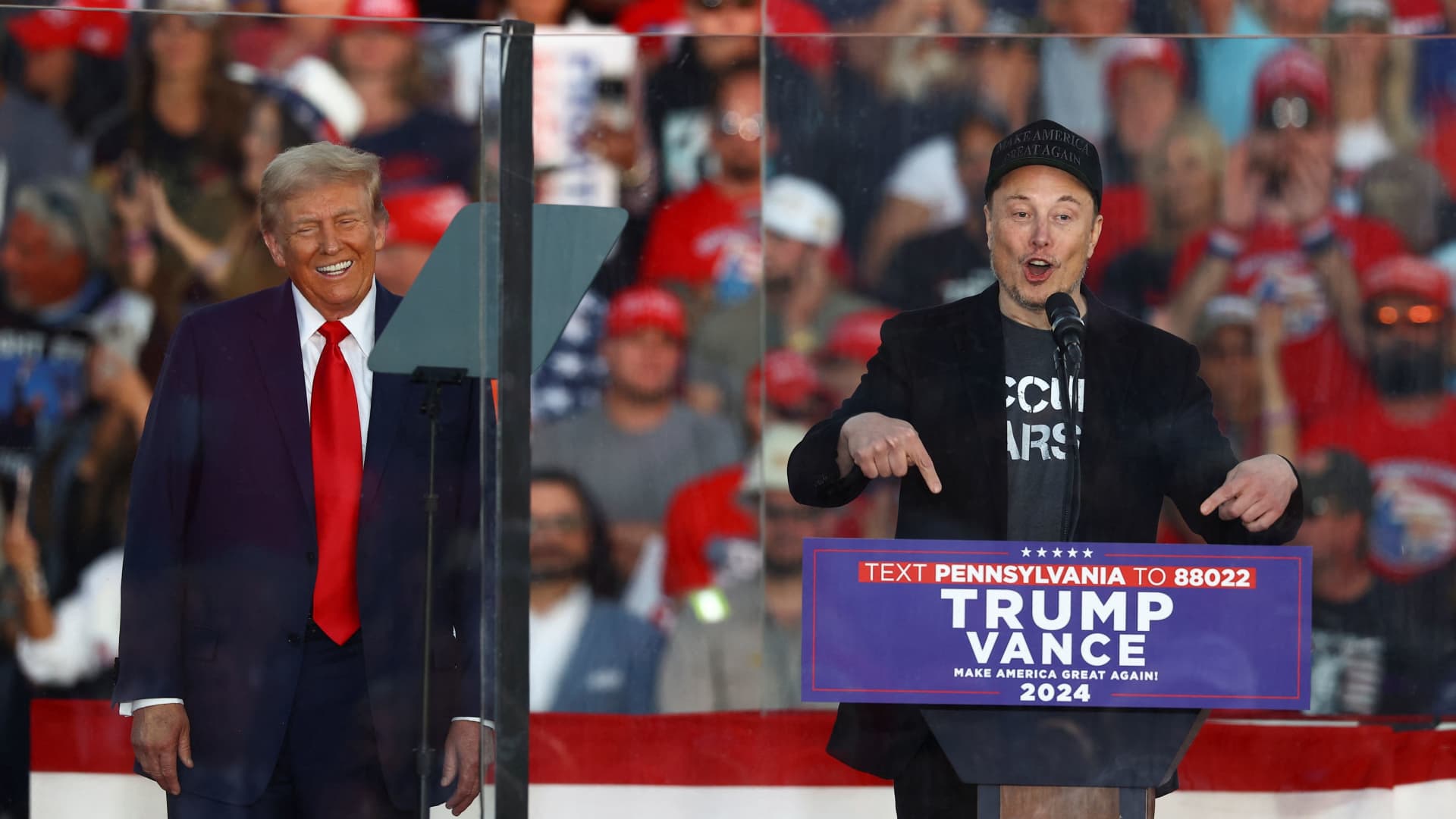
President Donald Trump’s One Massive Stunning Invoice Act ends long-standing federal assist for photo voltaic and wind energy, whereas making a pleasant atmosphere for oil, gasoline and coal manufacturing.
The Home of Representatives handed Trump’s megabill Thursday forward of a White Home-imposed deadline, after the Senate narrowly accepted the controversial laws Tuesday.
Trump has made his priorities on power manufacturing clear. The U.S. will depend on oil, gasoline, coal and nuclear to satisfy its rising power wants, the president mentioned final weekend, bashing wind and solar energy.
“I do not need windmills destroying our place,” Trump informed Fox Information in an interview that aired June 29. “I do not need these photo voltaic issues the place they go for miles they usually cowl up a half a mountain which might be ugly as hell.”
The president’s embrace of fossil fuels and hostility to renewable power is mirrored in his signature home coverage legislation. It delivers many of the oil and gasoline sector’s prime priorities, in accordance with the trade’s foyer group, whereas ending tax credit which have performed a vital position within the development of photo voltaic and wind energy.
Oil, gasoline and coal are winners
The legislation opens up federal lands and waters to grease and gasoline drilling after the Biden administration enacted curbs, mandating 30 lease gross sales within the Gulf of Mexico over 15 years, greater than 30 yearly on lands throughout 9 states and giving the trade entry to Alaska.
The legislation additionally slashes the royalties that producers pay the federal government for pumping oil and gasoline on federal lands, encouraging increased output.
“This invoice would be the most transformational laws that we have seen in a long time by way of entry to each federal lands and federal waters,” Mike Sommers, president of the American Petroleum Institute, n trade lobbying group, informed CNBC. “It contains nearly all of our priorities.”

The legislation additionally spurs oil firms to make use of a carbon seize tax credit score to supply extra crude. The tax credit score was designed to assist nascent know-how that captures carbon emissions and shops them underground. Below Trump’s invoice, producers would obtain an elevated tax profit for injecting these emissions into wells to supply extra oil.
The legislation ends the hydrogen tax credit score in 2028, later than earlier variations of the invoice. Chevron, Exxon and others are investing in initiatives to supply hydrogen gas.
“I’ve a lot of members who plan on investing considerably in hydrogen and so the extension to the top of 2028 was a welcome precedence that was fulfilled,” Sommers mentioned.
The coal trade can also be a giant winner from the legislation, which mandates not less than 4 million extra acres of federal land be made out there for mining. The legislation additionally cuts the royalties that coal firms pay the federal government for mining on federal land, and permits using a sophisticated manufacturing tax credit score for mining metallurgical coal used to make metal.
Photo voltaic and wind are losers
The legislation phases out clear electrical energy funding and manufacturing tax credit for wind and photo voltaic which have performed a vital position within the development of the renewable power trade. The funding credit score has been in place since 2005 and the manufacturing credit score since 1992. The Inflation Discount Act prolonged the lifetime of each till not less than 2032.
Photo voltaic and wind farms that enter service after 2027 would not be eligible for the credit. There may be an exception, nevertheless, for initiatives that begin development inside 12 months of the invoice turning into legislation.

The phaseout is extra gradual than earlier variations of the laws, which had a tough deadline of December 31, 2027. That gave all photo voltaic and wind initiatives simply 2.5 years to return on-line to be able to reap the benefits of the credit.
“Regardless of restricted enhancements, this laws undermines the very basis of America’s manufacturing comeback and international power management,” Abigail Ross Hopper, CEO of the Photo voltaic Vitality Industries Affiliation, mentioned in an announcement when the invoice handed the Senate.
A associated tax credit score for utilizing U.S.-made parts in photo voltaic and wind farms ends for initiatives that enter service after 2027. A carveout permits initiatives that begin development inside one 12 months of the legislation’s enactment to say the credit score. The credit score was designed to spur demand at U.S. factories to be able to break the nation’s dependence on tools from China.
“If nothing modifications, factories begin to shut,” Michael Carr, govt director of the Photo voltaic Vitality Producers Affiliation, informed CNBC. “Factories which might be on the drafting board that in all probability penciled [favorably] two weeks in the past, possibly do not pencil now. We’ll see funding decelerate within the sector going ahead.”



